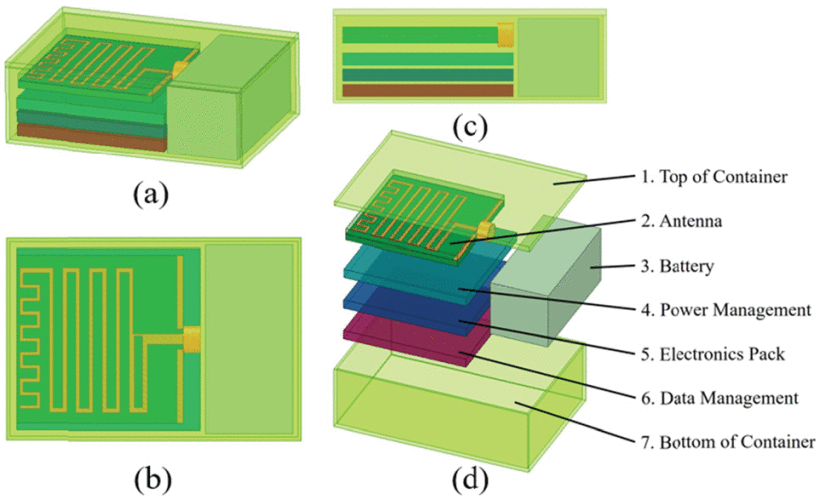An Implantable Antenna Sensor for Medical Applications
Breast cancer is the most common cancer among women. There has been an alarming increase in the occurrence rate of breast cancer in recent years. There has also been an increase in the recurrence rate of malignant tumors after surgery or post-treatment. Women are advised to have regular checkups for early detection of malignancy. Breast tissue examination was predominantly based on imaging techniques like mammography, sonographic scanning, and magnetic resonance imaging (MRI). These tests are costly, uncomfortable, operator-dependent, and can be harmful in the long run.
Studies show a significant difference in the dielectric properties of healthy and cancerous human tissues. These electrical changes can be detected using wireless antenna sensors. Researchers have already developed implantable antenna sensors to measure glucose levels or temperature and pressure, but they often have a limited range. Designing the sensor is challenging due to the requirement of being small, safe, and sensitive enough to detect small changes in biological signals.
The implantable antenna sensors use circuits consisting of active and passive resonators. Biochemical signals change the capacitance of the resonator, affecting the sensor's resonance frequency. This frequency change characterizes the pathological difference between healthy and diseased tissue.
Researchers present a breast tumor recurrence monitoring implantable sensor based on a closed-loop S-shaped monopole antenna. The sensor has an antenna, battery, and microelectronic components enclosed in an aluminum box. The substrate and superstrate are made of RT6010 material, with a copper layer and a bent radiation patch. The researchers added a closed loop between the feeder and the arm of the radiating structure, which allowed the monopole line to generate two current paths with different lengths. This change improved the impedance matching of the antenna sensor and reduced its reflection coefficient. The optimized antenna has a resonance frequency of 2.45GHz and an impedance bandwidth of 65MHz, which can cover the industrial, medical, and scientific frequency bands (ISM) at 2.45GHz. The width of the ground plane significantly affects impedance matching, and 0.2 mm width worked best.
Researchers tested the system on a human tissue phantom and found that the sensor's performance remains unaffected by the implantation depth. It can accurately detect tumors at different depths as well. Researchers measured the sensor's capability to detect signals at varying frequencies by inserting it into materials that imitate normal and cancerous breast tissue. The measurements showed that the detected signal had a lower frequency when the sensor was placed in cancerous tissue than normal tissue. The sensor also exhibited excellent radiation directivity, indicating its ability to detect signals from a particular direction. Furthermore, using the sensor, the researchers tried to assess the electromagnetic radiation absorbed by the human body. The proposed sensor meets the radiation safety requirements for less than 5.0 milliwatts of input power.
The proposed antenna sensor offers a potential solution to improve the designing parameters of current sensors, paving the way for better performance and more accurate measurements. The sensor is highly sensitive, efficient, and safe, making it a potential breakthrough in non-invasive cancer detection technology.




